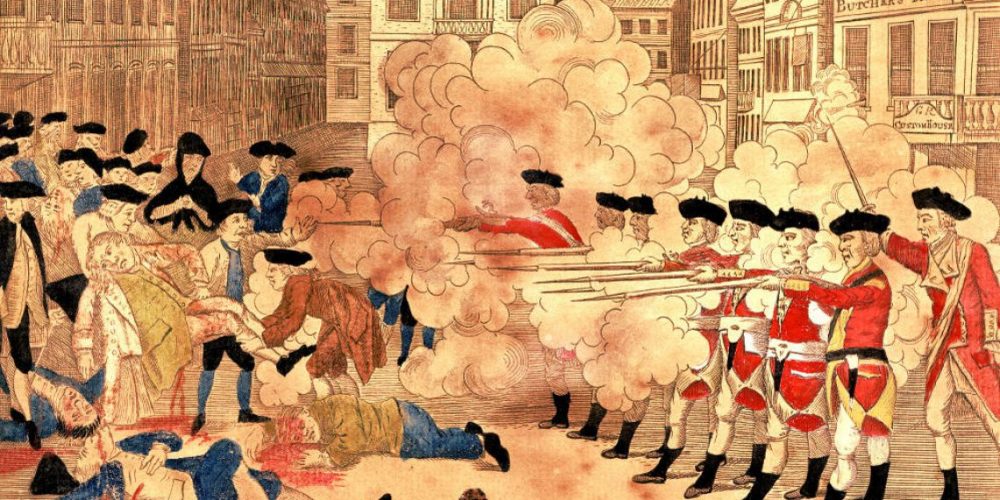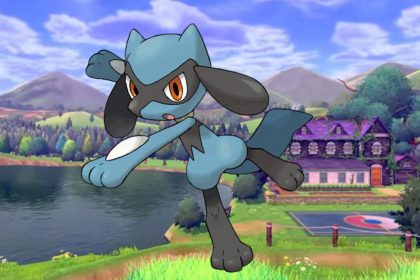Before a rundown of the Boston Massacre facts, we will like to say something. Boston Massacre is one of the many events that is a screaming testament of the atrocities of the darkest empire of the colonial era – the British Empire. Take a look below for 30 sad and bizarre facts about The Boston Massacre.
1. Boston Massacre is also known by the name “Incident on King Street”. This alternate name is more popular among the British people.
2. The event took place exactly on March 5, 1770.
3. The massacre took place at Boston, which at that point in time, was the capital of the Province of Massachusetts.
4. Multiple people were killed by the British soldiers on that day. The shot people dead because a mob harassed a sentry.
5. The firing by British soldiers was not authorized and it claimed the lives of 5 people while injuring 6 other people.
6. In those days, Boston was pretty important for the British colonial rulers. It was a very important town in terms of shipping.
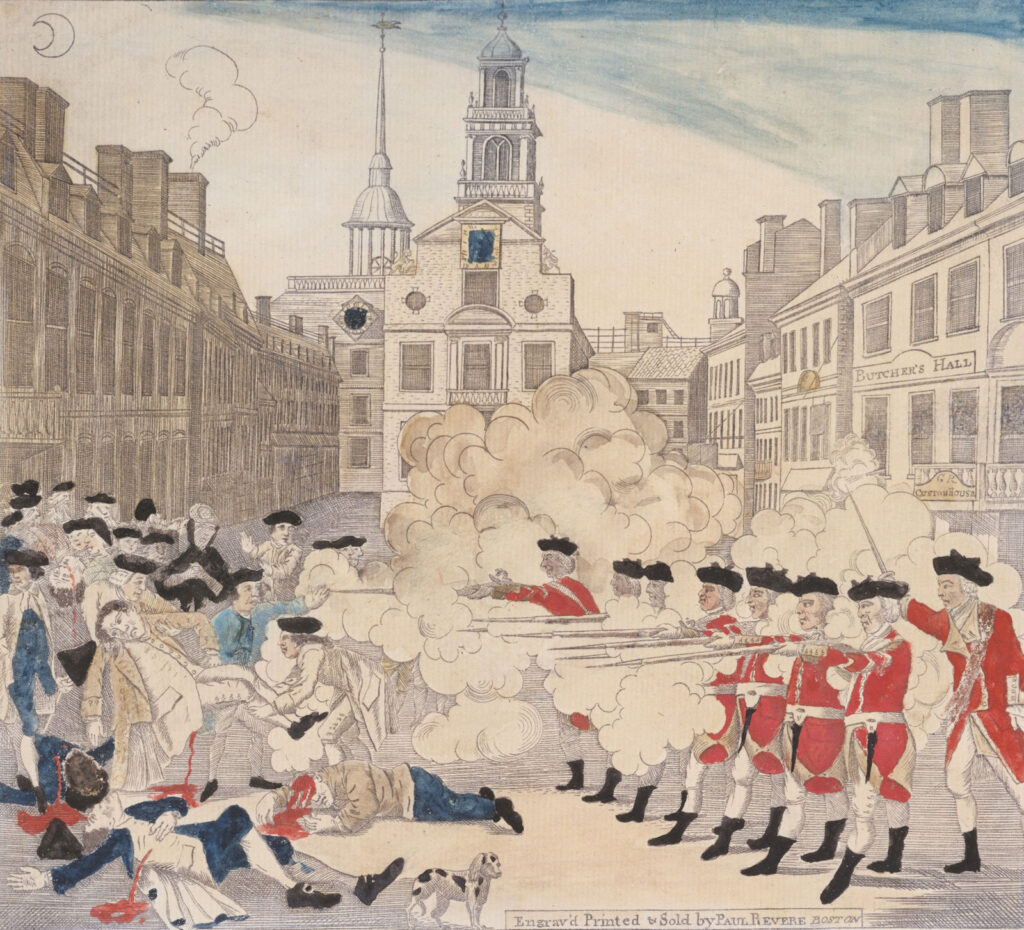
7. Boston also came to prominence because it became the hotbed of all resistance against the infamous taxation acts introduced in the 1760s by the British Parliament.
8. Precisely in 1768, the Townshend Acts were implemented by the British Parliament upon the Thirteen Colonies that were ruled by the British.
9. Once the Townshend Acts were implemented, the British started putting tariffs on several very common items that the British used to manufacture and then import them into the colonies.
10. King George III received a petition letter from the Massachusetts House of Representatives after the enactment of the Townshend Revenue Acts.
11. In the petition, the Massachusetts House of Representatives asked the King to revoke the acts.
12. In addition to the petition, the Massachusetts House of Representatives also circulated what is known as the Massachusetts Circular Letter to the remaining of the colonial assemblies.
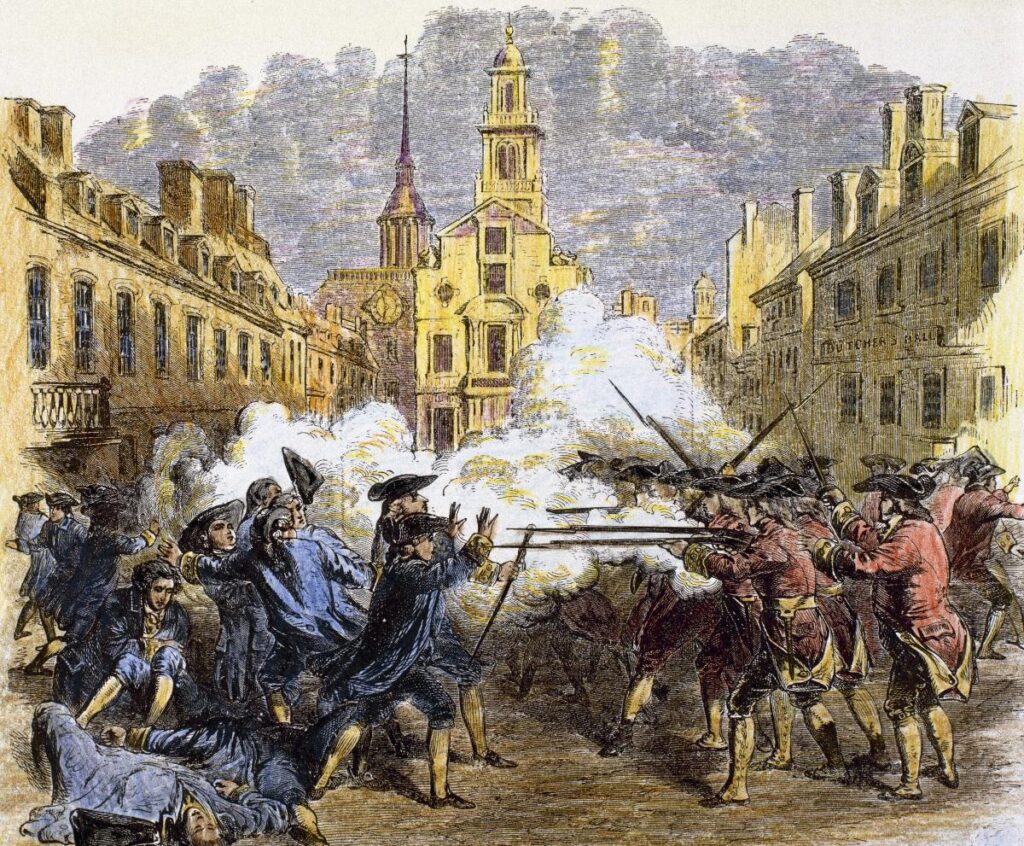
13. The Massachusetts Circular Letter was an invitation to the remaining colonies to join the resistance movement against the Townshend Acts.
14. Through the Massachusetts Circular Letter, the Massachusetts House of Representatives also openly called for a boycott of those merchants who were engaged in importing the goods that were affected by the Townshend Acts.
15. Whatever the Massachusetts House of Representatives was doing because a matter of concern for Lord Hillsborough. Hillsborough was the Colonial Secretary (a newly created office).
16. Alarmed and worried, Hillsborough wrote a letter to America’s colonial governors. He gave an instruction to Francis Bernard (a British colonial administrator who was the governor of the Massachusetts Bay and New Jersey).
17. Francis Bernard was instructed to ask the Massachusetts House of Representative to stop all that they were doing. Unfortunately, the House of Representatives did not agree.
18. In response, HMS Romney – a 50-gun warship reached the Boston harbor in May 1768.
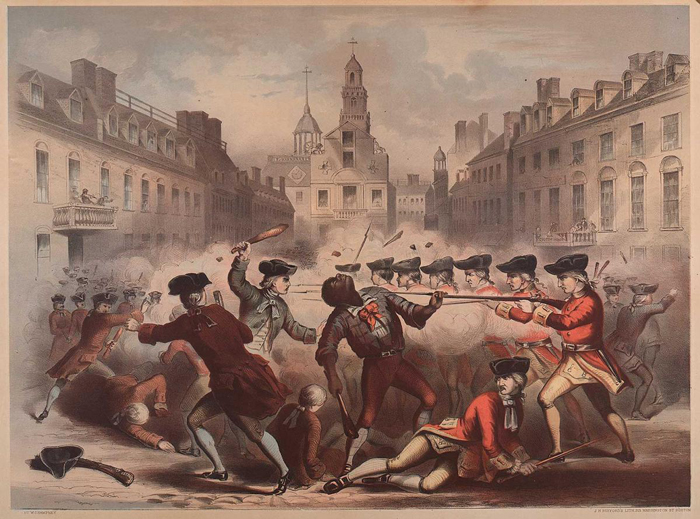
19. On 10th June 1768, custom officials seized a sloop (a sailing boat) by the name Liberty. It was owned by a Boston merchant by the name John Hancock.
20. The British customs officials seized Liberty on the grounds that it was smuggling goods.
21. In addition to this, the captain of the HMS Romney was forcefully taking local sailors into naval force (colloquially known as impressing).
22. People of Boston were not at all happy about impressing and the seize of Liberty was a tipping point. People started rioting.
23. As the riots started, the customs officials ran away seeking protection at Castle William.
24. Because the situation was really unstable in Massachusetts, General Thomas Gage (North America’s Commander-in-Chief) was ordered by Lord Hillsborough to bring in as many soldiers in Boston as he deemed necessary.
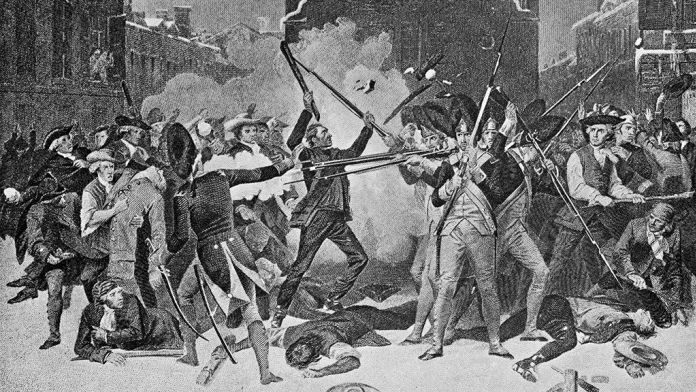
25. General Thomas Gage sent over 4 British Army regiments to Boston, of which the first regiment landed at Boston on 1st October, 1768.
26. Though all four regiments came in, two out of those four regiments were eventually removed from the town by 1769.
27. The remaining two regiments – the 14th Regiment and the 29th Regiment stayed at Boston. Both of them were ‘Regiments of Foot’. Basically, they were foot soldiers.
28. Because the rioting had already started prior to the arrival of the British soldiers, there were frequent clashes between soldiers and civilians of Boston.
29. All the clashes between the soldiers and the civilians were chronicled by the “Journal of Occurrences”, which was nothing but a series of newspaper articles published anonymously.
30. Journal of Occurrences aimed at chronicling the clashes between British soldiers and Bostonians but in doing so, the reports were often exaggerated.

